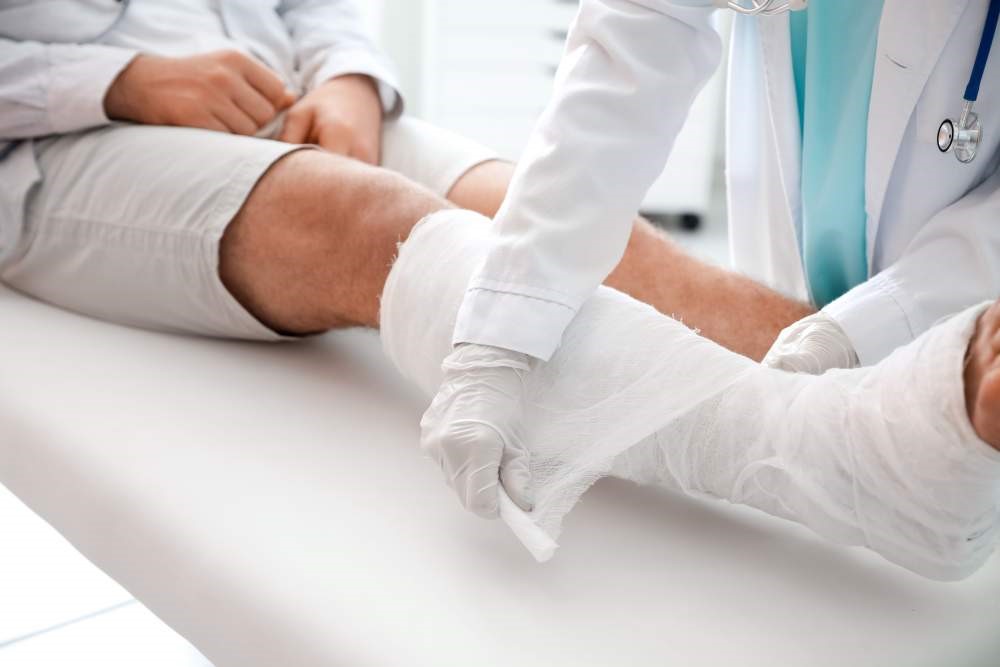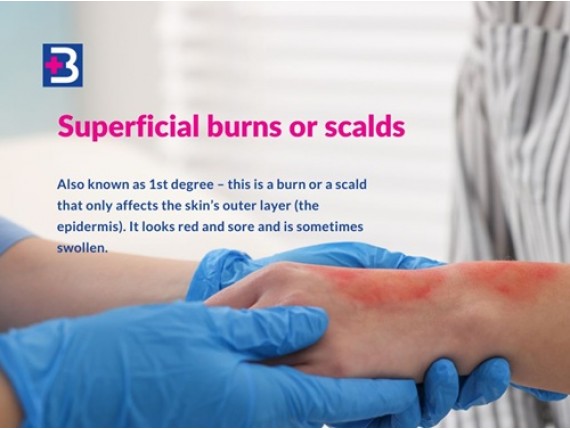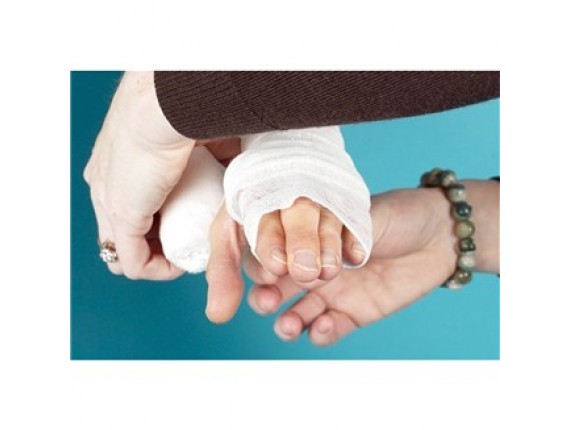How to recognise and treat a broken bone

Recognition
The three most common symptoms are:
Pain
Swelling
Deformity
Other symptoms include:
Loss of power – for example not being able to lift a broken arm
Unnatural movement – if you see this then if possible, prevent movement
Irregularity – for example lumps or depressions in the skin
Crepitus – the sound of the ends of broken bones grating
Noise – you may have heard or felt a snap as the injury happened
Treatment
Immobilise the injury in the position that you find it (do NOT try to straighten it). Keep the casualty warm
Call 999/112 if:
You suspect an injury to the head or spine
There is difficulty breathing or reduced circulation
There is deformity, irregularity, unnatural movement or you can see bone through the skin
The casualty is in a lot of pain
Your need help to immobilise the injury and transport the casualty
If you have called 999/112 then you just need to keep the casualty still and cover any open wounds with a sterile dressing
If you don’t need an ambulance, splint or support the injury to transport to hospital.
It is important to ensure that the casualty does not eat or drink anything just in case they need to have a general anaesthetic later. It is likely that the broken limb will be properly aligned and then held in place with a plaster cast so that it heals in the correct position.
To find out how to tie a sling watch our video here:
Why not book onto one of our first aid courses to find out more.


